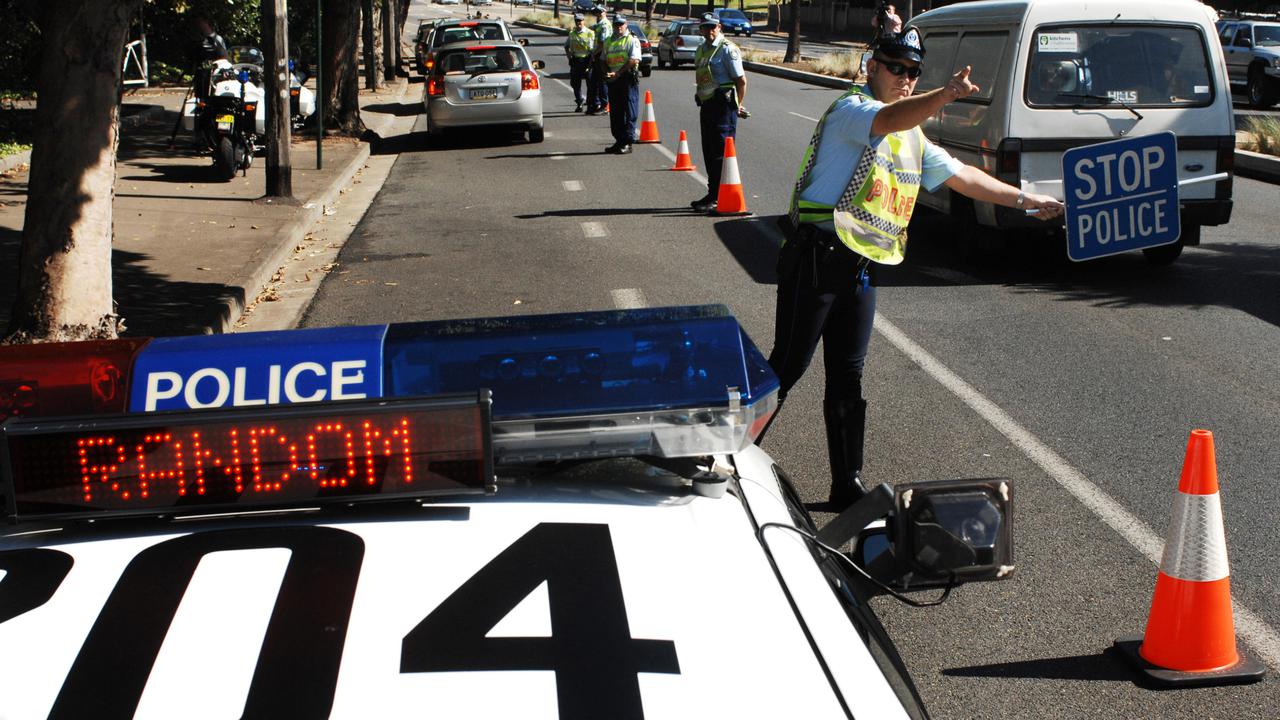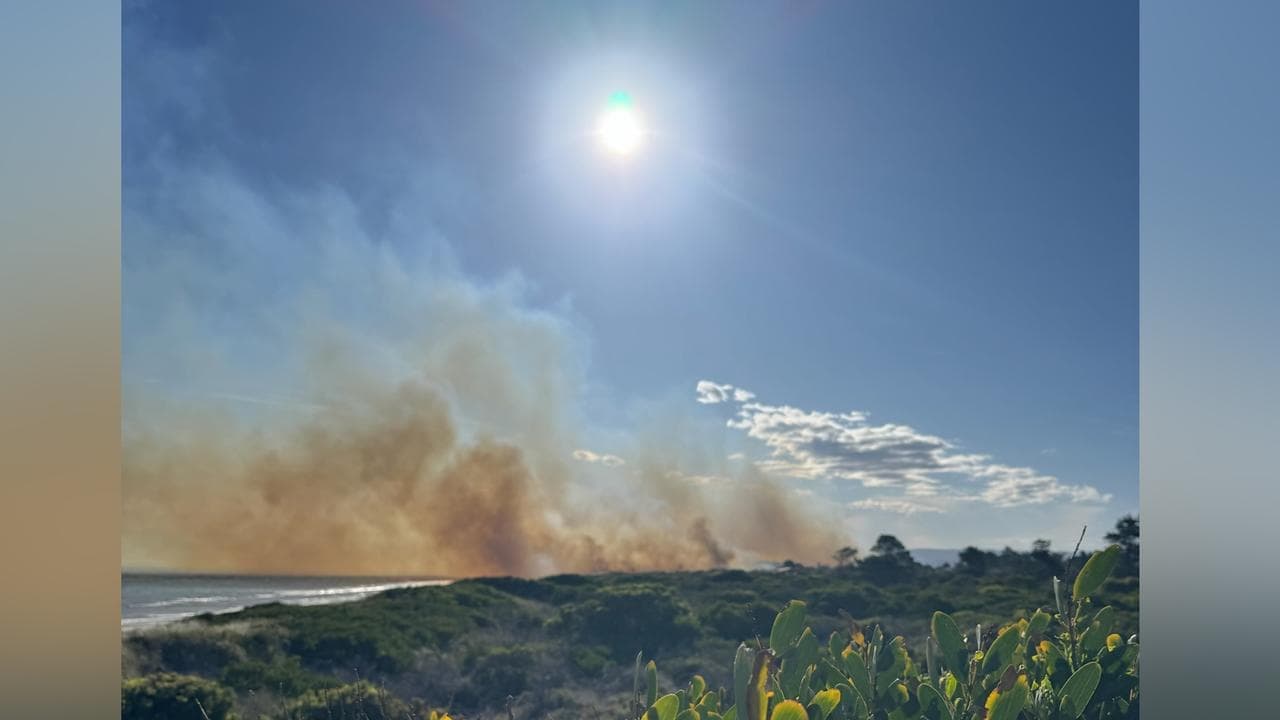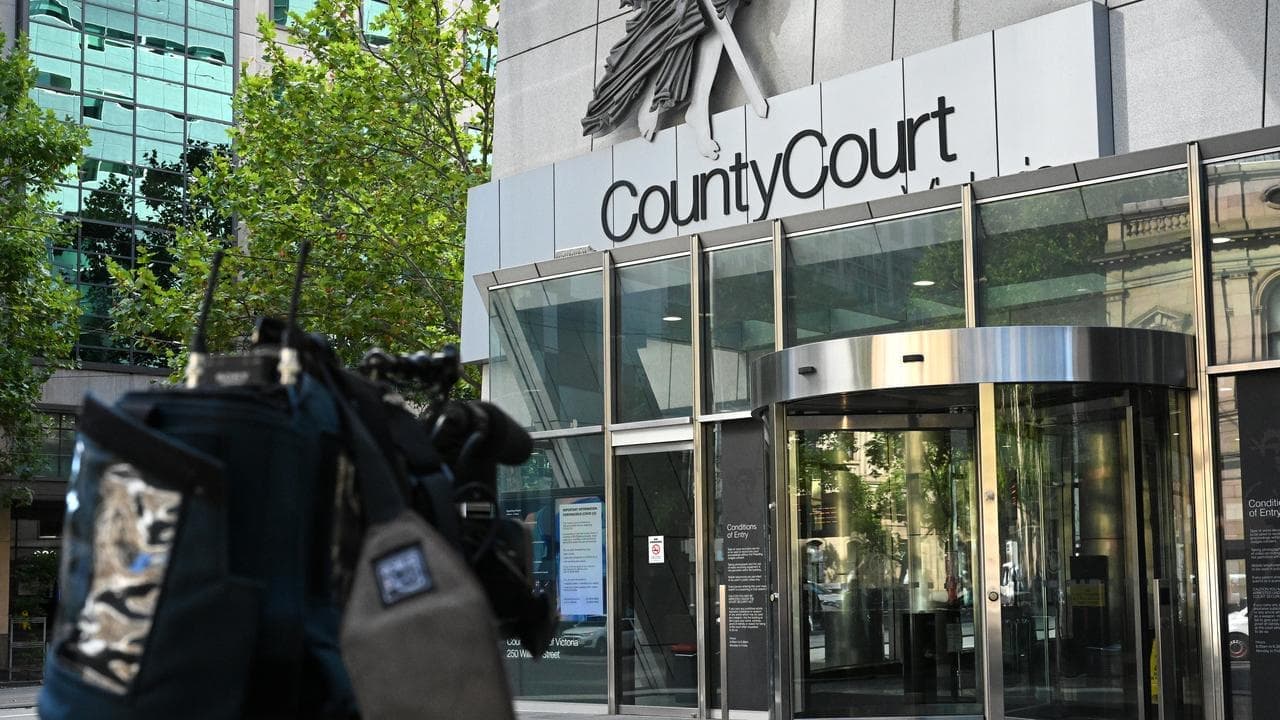AAP FactCheck Investigation:
NZ National Party MP Nick Smith supports random roadside testing of drivers for drugs and alcohol, but his memory of the impact of RBT on road fatalities was faulty.
The Statement
"The random roadside alcohol testing halved the fatalities from drunk driving within three years and we believe drug testing has the same potential."
Nick Smith, NZ National Party drug reform spokesman, September 8, 2020
The Analysis
The upcoming referendum on legalising cannabis use in New Zealand has triggered debate about road safety and the need for laws allowing random roadside drug testing of drivers.
That debate has been complicated by a report from NZ Attorney-General David Parker stating the Land Transport (Drug Driving) Amendment Bill, introduced in July with the aim of permitting police to randomly drug test motorists at the roadside, may breach the Bill of Rights Act.
In response to Mr Parker's report, National Party drug reform spokesman, Nelson MP Nick Smith, told TVNZ: "if recreational cannabis is legalised, it is even more important that we have an effective system for deterring drugged driving".
"National faced the same argument in the 1990s over the introduction of random breath alcohol testing which was also said to breach the Bill of Rights," Mr Smith said.
"The random roadside alcohol testing halved the fatalities from drunk driving within three years and we believe drug testing has the same potential."
AAP FactCheck examined Mr Smith's claim random roadside alcohol testing halved drunk driving fatalities in three years.
Random Breath Testing (RBT) was introduced in New Zealand in April, 1993. It allows Compulsory Breath Testing (CBT), where drivers are breath-tested at roadside checkpoints, and Mobile Breath Testing after a driver has been pulled over by police. In each scenario, police do not need to suspect a driver is affected by alcohol before testing them.
Prior to this, there were eight years of a random stopping program, which allowed a mobile breath test to be conducted after a driver was pulled over. (Page 8)
Drug testing is already carried out on drivers who have, for example, been involved in a serious accident, but random testing is now proposed.
Mr Smith told AAP FactCheck he was recalling statistics from the Ministry of Transport when he made his recent statement about the impact of RBT.
Those Ministry of Transport figures are contained in the Alcohol and Drugs 2017 report, and they show that in 1992 - the year prior to the introduction of RBT - there were 273 fatalities resulting from crashes where a driver was affected by alcohol and/or drugs (Page 8).
In 1993, the same year RBT was introduced, there were 227 fatalities from crashes involving drivers impaired by alcohol/drugs - a fall of 17 per cent on the previous year.
In 1994 there were 225 alcohol-related road fatalities, a fall of about 18 per cent on the 1992 figure, and in 1995 there were 200, a fall of 27 per cent on the 1992 total.
In 1996, three years after the introduction of RBT, there were 148 fatalities resulting from alcohol/drug-related crashes - a drop of 46 per cent on the 1992 figure. In 1997, this remained relatively static at 147 fatalities.
It's not until 1998, when 142 fatalities from crashes with alcohol/drugs as a factor were recorded, that the figures approached half the pre-RBT level (a drop of 48 per cent).
This is five years after the introduction of RBT, not three as stated by Mr Smith.
When contacted by AAP FactCheck, Mr Smith said: "My source was my recollection of a briefing from Transport officials in 2017 at a Cabinet committee discussion on introducing random roadside drug testing."
"I am confident that the fatalities were halved from random roadside alcohol testing but accept the timeframe in which this was achieved was between three and five years, having re-looked at the data," he said.
Gerald Waters, who authored the report On the Road: Compulsory Breath testing in New Zealand and Interviews with Drink Drivers, and is the research director of Researching Impaired Driving in New Zealand (RIDNZ), told AAP FactCheck Mr Smith was correct that RBT played a significant role in reducing the harm from drink driving.
"It is extremely effective not only for drink driving but also as a highly visible police presence with regards to all criminal activity — detection is the frontline for our reductions in the harm caused by drink driving."
He agreed the claim fatalities were halved within three years of the introduction of RBT was an "overestimate".

The Verdict
AAP FactCheck found Mr Smith's statement that fatalities related to drunk driving halved within three years of the introduction of RBT to be Somewhat False.
Official data shows it took about five years to reach that milestone.
Mr Smith said his original claim was based on his recollection of a briefing received in 2017, and accepted the timeframe was not accurate.
Somewhat False – The claim has a problem or inaccuracy but it does contain a significant element or elements of truth.
* AAP FactCheck is accredited by the Poynter Institute's International Fact-Checking Network, which promotes best practice through a stringent and transparent Code of Principles. https://factcheck.aap.com.au/











